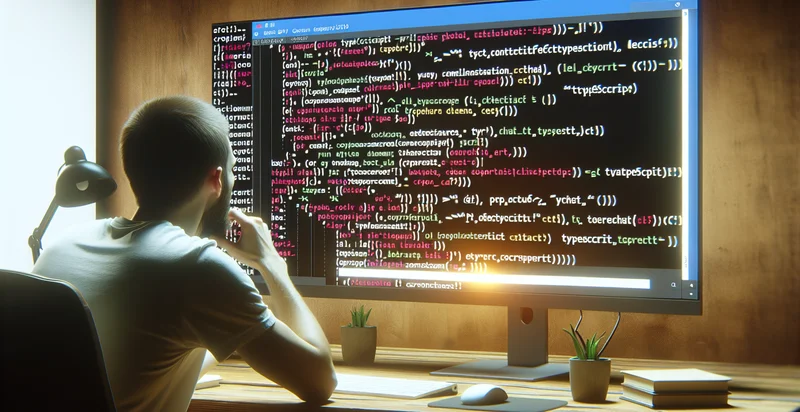Identify if vhdl code has syntax error
using AI
Below is a free classifier to identify if vhdl code has syntax error. Just input your text, and our AI will predict if the VHDL code has a syntax error - in just seconds.

Contact us for API access
Or, use Nyckel to build highly-accurate custom classifiers in just minutes. No PhD required.
Get started
import nyckel
credentials = nyckel.Credentials("YOUR_CLIENT_ID", "YOUR_CLIENT_SECRET")
nyckel.invoke("if-vhdl-code-has-syntax-error", "your_text_here", credentials)
fetch('https://www.nyckel.com/v1/functions/if-vhdl-code-has-syntax-error/invoke', {
method: 'POST',
headers: {
'Authorization': 'Bearer ' + 'YOUR_BEARER_TOKEN',
'Content-Type': 'application/json',
},
body: JSON.stringify(
{"data": "your_text_here"}
)
})
.then(response => response.json())
.then(data => console.log(data));
curl -X POST \
-H "Content-Type: application/json" \
-H "Authorization: Bearer YOUR_BEARER_TOKEN" \
-d '{"data": "your_text_here"}' \
https://www.nyckel.com/v1/functions/if-vhdl-code-has-syntax-error/invoke
How this classifier works
To start, input the text that you'd like analyzed. Our AI tool will then predict if the VHDL code has a syntax error.
This pretrained text model uses a Nyckel-created dataset and has 2 labels, including Has Syntax Error and No Syntax Error.
We'll also show a confidence score (the higher the number, the more confident the AI model is around if the VHDL code has a syntax error).
Whether you're just curious or building if vhdl code has syntax error detection into your application, we hope our classifier proves helpful.
Related Classifiers
Need to identify if vhdl code has syntax error at scale?
Get API or Zapier access to this classifier for free. It's perfect for:
- Automated Code Review: Implementing the text classification function can streamline the code review process by automatically identifying syntax errors in VHDL code. This reduction in manual checks can significantly decrease development time, allowing engineers to focus on design improvements rather than troubleshooting.
- Continuous Integration (CI) Pipelines: Integrating the syntax checker into CI workflows ensures that any VHDL code pushed to repositories is automatically scanned for errors. This early detection of issues prevents faulty code from moving forward in the development cycle, improving overall code quality.
- Training and Onboarding: New engineers can benefit from the syntax error detection function as part of their training modules. By providing immediate feedback on their code, they can learn VHDL syntax more effectively and avoid common pitfalls, accelerating their onboarding process.
- VHDL Code Refactoring: When refactoring existing VHDL code, developers can use the classification function to check for syntax errors introduced during modification. This ensures the integrity of the codebase remains intact, reducing potential runtime errors and enhancing maintainability.
- Educational Tools: In educational environments, instructors can use the function to develop tools that help students write VHDL code. By automatically detecting syntax errors, students can receive immediate feedback, fostering a better understanding of code structure and syntax rules.
- Code Quality Assurance: Quality assurance teams can leverage the syntax error classification to create robust testing frameworks for VHDL projects. Automated checks can be part of the release criteria, ensuring that all deployed code adheres to necessary quality standards.
- Legacy Code Maintenance: When maintaining legacy VHDL codebases, the syntax checker can assist engineers in modernizing code without introducing new errors. This function provides safety during revisions, enabling teams to update older projects with confidence and reduce the likelihood of syntax-related bugs.


